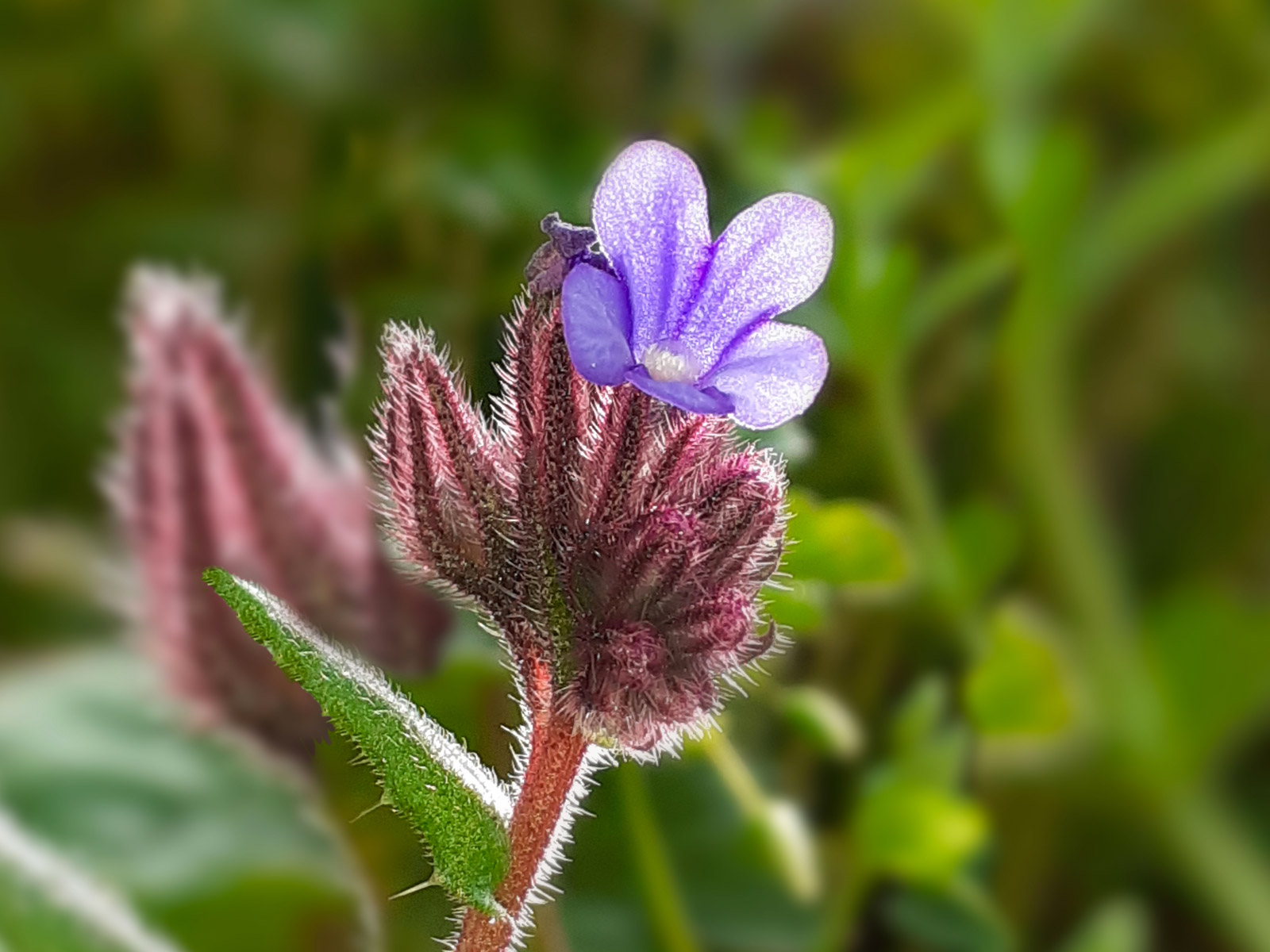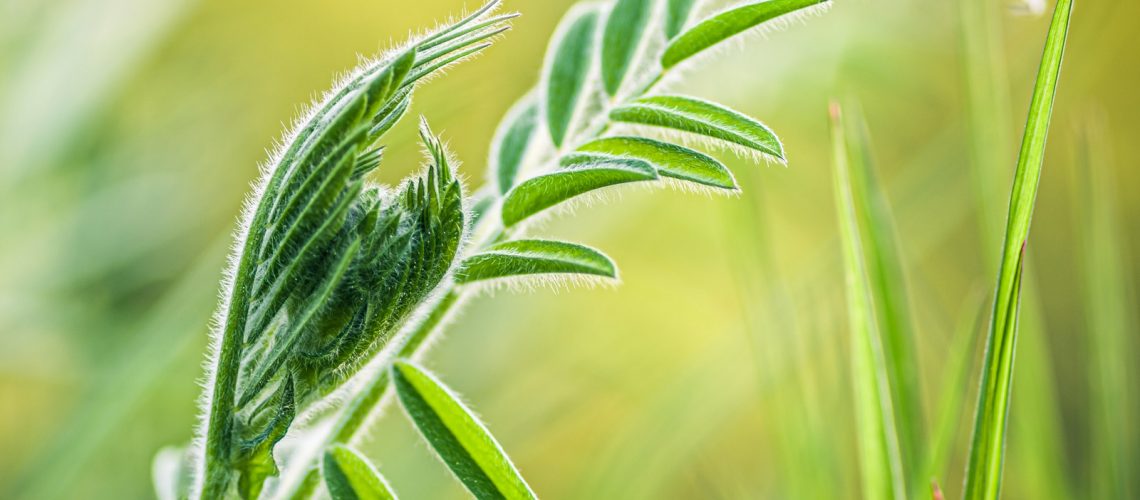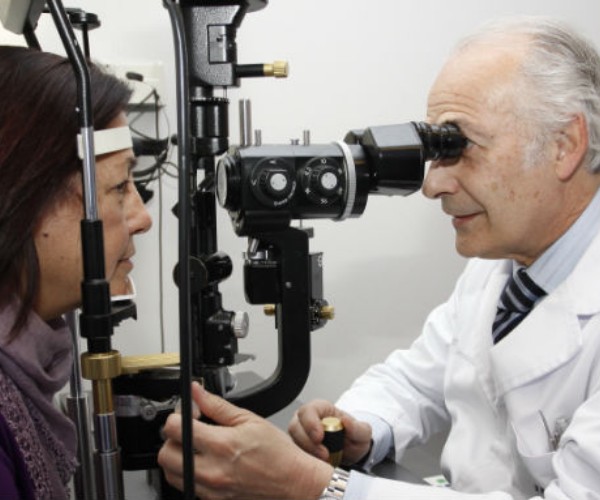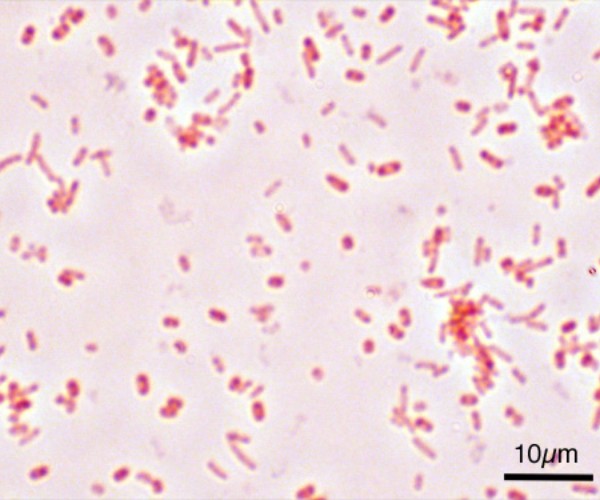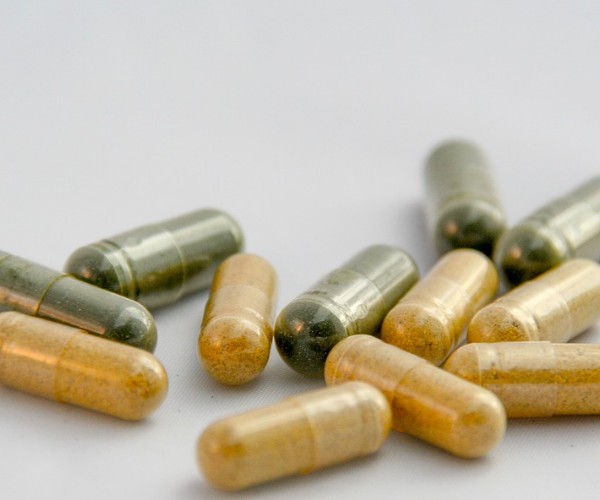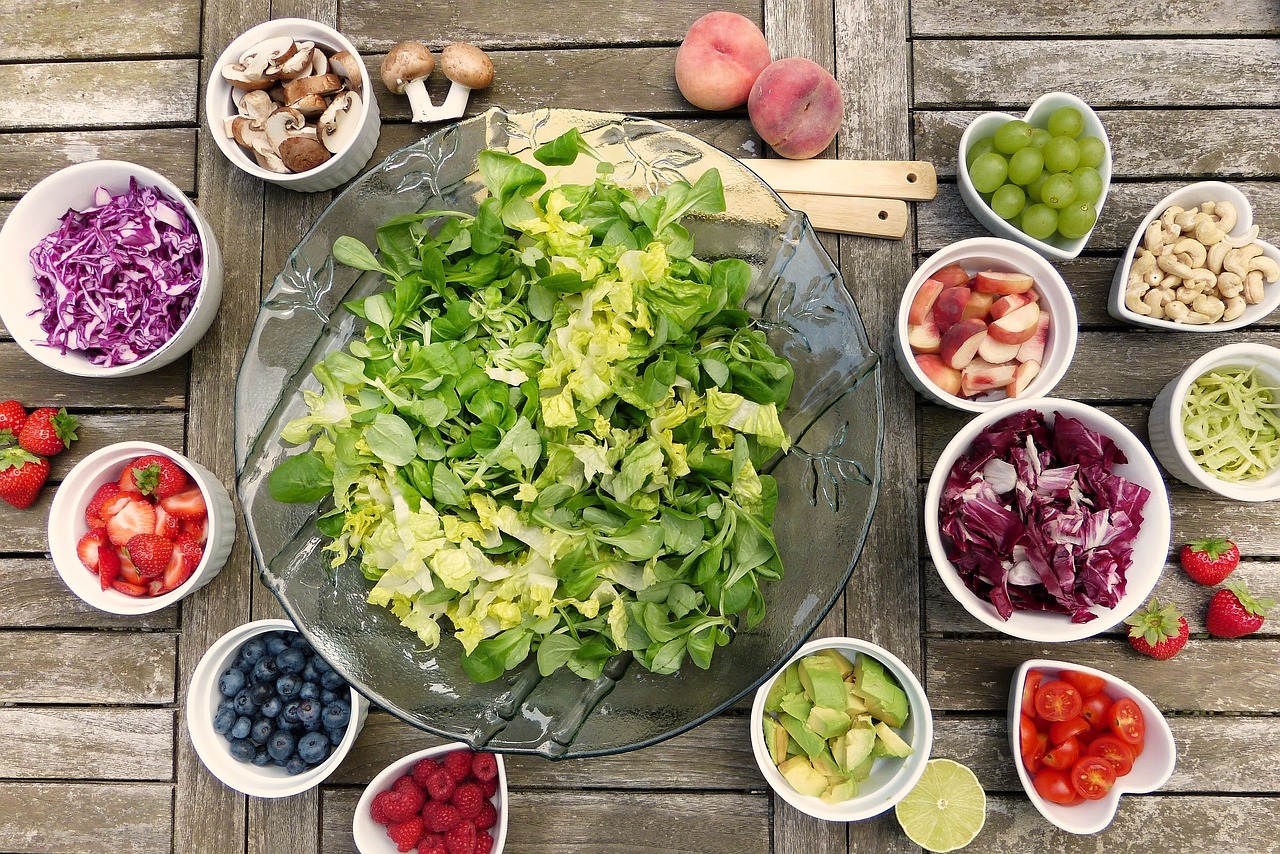Have you ever thought how difficult it would be to escape an enemy if we were unable to escape? How can an organism avoid predation if it lives anchored to the ground? Plants have solved this problem very cleverly, in some cases even deviously…
In the course of evolution, diversified strategies have been developed in the plant world to cope with natural hazards. Some plants defend themselves by covering themselves with thorns or spines, others make themselves invisible by camouflaging themselves in their natural environment; the ones we will discuss here are hiding a secret: their defense weapons are not immediately visible, and by the time you discover them it may be too late! These species accumulate toxic substances in their organs to deter potential herbivores, including humans!
Science has long wondered about the potential of these plant-derived compounds to treat the human body, analyzing their active ingredients for use in therapeutic purposes. But where is the line between danger of death and salvation of life? When does a botanical species heal and when does it kill? The genius of the Greeks baptized drugs with the word “pharmakon,” which means both medicine and poison: it depends on the awareness, the occasion and the individual whether one thing overflows into the other!
For plants, the production of chemicals has a very important ecological significance, as it enables them to communicate differentially with other organisms: with useful ones by inviting them to come closer, think, for example, of the smell that certain flowers give off by attracting pollinators to them; in other cases, the plant intends to communicate “stay away,” addressing potentially harmful animals. These messages are formulated through the production of secondary metabolites, i.e., compounds that are not essential for growth and development but have an important ecological function.
Studies of plant phytochemistry have shown considerable biochemical diversity. About 40 percent of single-molecular (i.e., consisting of a single active ingredient) drugs are derived directly or indirectly from plants. While the use of medicinal plants has declined in developing countries as a result of the emergence of synthetic “potent drugs,” ethnobotany is still used in poor countries as the only resource for finding remedies for certain diseases. However, it should be pointed out that synthetic drugs are the end product of the processing of active ingredients isolated from plants and reproduced by chemical synthesis.
We should not think that poisonous plants are far away from us: some we easily encounter during a walk, think of the very common ivy, Hedera helix; that species with its elegant climbing habit contains several toxic compounds that can create some problems by accidental ingestion.
Some drugs we routinely use without knowing it: coffee for example is nothing more than the product of processing the seeds of Coffea arabica, a species that contains a natural central nervous system stimulant: caffeine!
Very often more than one toxic substance is found in the same species, and sometimes these accumulate in certain organs of the plant rather than in others. Among the most poisonous chemical compounds of plant origin are alkaloids, nitrogenous substances responsible for serious toxic effects, and glucosides, substances composed of one or more sugars and a non-sugar part of various kinds. Both of these categories of chemical compounds are characterized both by their toxic effects on humans and other animals and by their applications in the pharmaceutical field; let us look at some examples.
Datura stramonium is an herbaceous plant belonging to the Solanaceae family, widespread in various parts of the world. The plant is known as “devil’s herb” because it has narcotic and hallucinogenic properties that induce a trance-like state; for this reason, in some countries, stramonium is used in shamanism.











All parts of the plant contain alkaloids such as hyoscyamine, atropine and scopolamine. Stramonium poisoning can result in tachycardia, hypertension, psychomotor excitation, delirium, and in rare cases death. Stramonium is used therapeutically particularly as an asthma remedy. Other properties associated with this plant are antimicrobial and anti-inflammatory.
The yew, Taxus baccata, a tree plant belonging to the Taxaceae family, is a gymnosperm also distributed in Europe where it is used mainly in parks for ornamental purposes. The yew tree is so poisonous that it is called the “tree of death”! All parts of the tree are poisonous, except for the aril (false tegument that wraps the seeds of some gymnosperms), and this is no accident: the tree needs help to disperse its seeds and cannot poison even those who make themselves indispensable for this purpose: birds! These digest the pulp but not the seed which comes out intact and is released through the feces of the animal, which, flying, carries it considerable distances allowing the plant to expand its horizons!
The alkaloid present in the greatest quantity in the yew is taxin, but other alkaloids are also present including taxol.Studies on its anticancer properties have highlighted its role in cancer treatment, which is why this substance has entered international protocols for chemotherapy of some forms of carcinoma. However, this plant can prove fatal: if ingested, in fact, taxin is absorbed very quickly by the digestive system, causing toxic effects especially at the cardiovascular level.
Oleander, Nerium oleander, a shrubby or arborescent plant belonging to the Apocynaceae family, is an evergreen species with beautiful fragrant flowers, which is why it is widely used to decorate gardens, parks and even streets. It is widespread in Mediterranean regions and is poisonous throughout; however, the leaves contain a higher concentration of toxic substances: these are glycosides with cardiotoxic action that, if ingested, damage the heart muscle. Symptoms of poisoning range from vomiting to cardiac arrest. Oleandrin, a cardiotonic glycoside, is used in preparations for the treatment of heart problems.
The risk of coming into contact with poisonous plants is high because of the many toxic plant species used for ornamental purposes. Ingestion of parts of these plants is an accidental event, but unfortunately, cases of poisoning children and even pets are common. However, even moving away from the urban environment, there is no shortage of risks: by going in search of wild plants we could easily get confused. Hemlock, Conium maculatum, famous for killing the philosopher Socrates, is an extremely poisonous plant in every part; it belongs to the Apiaceae family which is characterized by umbrella-like inflorescences that are very similar in different species.
Hemlock can be easily confused with fennel because of the similarity of the fruits, with parsley because of the similar leaf structure, and with parsnip because of the presence of a resembling root, the difference being that a few grams of the root of C. maculatum Are capable of killing a man! Hemlock gives off a bad smell, but unfortunately, not everyone has a well-developed sense of smell.
- maculatum contains various alkaloids that exhibit very high toxic activity against many other animals including sheep, cattle, birds and insects. In short, the plant defends itself well! the alkaloids present in hemlock act on the nervous system causing death by respiratory arrest however, the same compounds, would seem to be indicated to treat various disorders including those of a neurological nature.
We have given only a few significant examples of plants that are dangerous and at the same time useful, but we want to point out that the number of potentially poisonous species is very large, so we suggest that we always approach plants with respect and awareness, as we would in front of animals we do not know.












